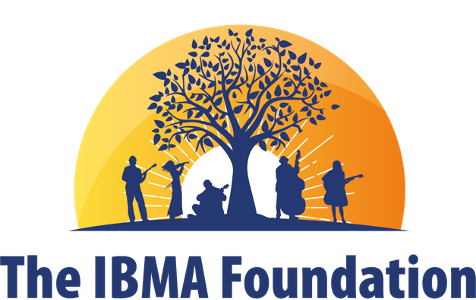Accomplished clawhammer and Scruggs-style banjo player Steve Martin is an actor, comedian, writer and producer with five Grammy Awards, a Primetime Emmy Award, and an Honorary Academy Award. He is the recipient of the Mark Twain Prize for American Humor and Kennedy Center Honors. In 2004, Comedy Central ranked Martin as #6 on a list of the 100 greatest stand-up comics of all time.
In addition to his well-known television and movie appearances, Martin wrote the book and lyrics for the musical Bright Star and the comedy Meteor Shower, both of which premiered on Broadway. His new series on Hulu with Martin Short and Selena Gomez, Only Murders in the Building, launched August 31.
What you may not know about Steve Martin is that he supports the IBMA Foundation’s Arnold Shultz Fund.
Q. How did you get involved with bluegrass music?
A. I got interested in bluegrass at age 16, when the folk craze in the 1960s led me to the banjo, to Pete Seeger, to mountain music – with its alluring modal sound – to Earl Scruggs, and then ultimately to bluegrass. Orange County, California, where I grew up, was rife with folk clubs, and the Dillards, featuring the banjo speed-demon Doug Dillard, were an especially big hit. John McEuen and I drove all over Southern California, seeking out whatever bluegrass we could find. This culminated in a trip to La Jolla, California, where I met Earl Scruggs backstage, and he blessed me with personal instruction on how to play “Sally Goodin” his way.
Q. What do you choose to support the IBMA Foundation, and why would you suggest that others consider doing so?
A. I am honored to be a supporter of the Arnold Shultz Fund. The banjo has a deep history with Black America, and it needs to be restored. The Carolina Chocolate Drops, Rhiannon Giddens, Jake Blount, and Dom Flemons, among others, have made significant contributions to an awareness of early banjo styles, and the Arnold Shultz Fund can be a force to reunite the banjo with its roots, while simultaneously encouraging innovation and the creation of a new path for the banjo.
RETURN to the September issue of The Cornerstone.


Recent Comments